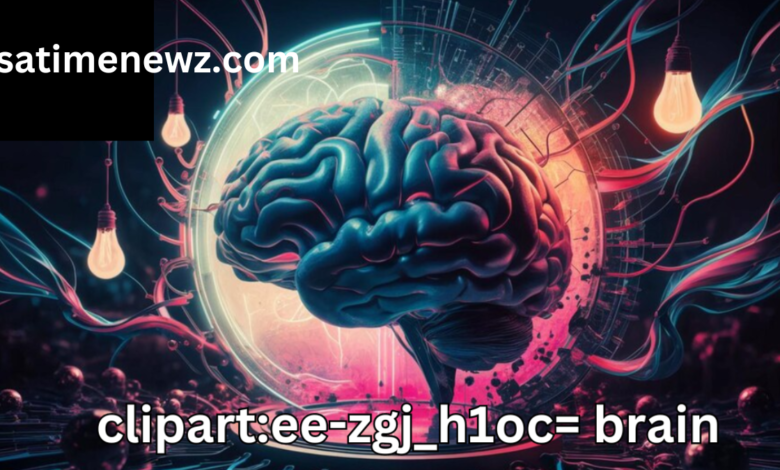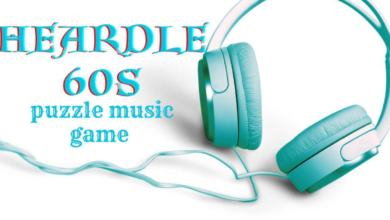Unlocking Creativity: The Power of Clipart:ee-zgj_h1oc= brain

Introduction to clipart:ee-zgj_h1oc= brain
clipart:ee-zgj_h1oc= brain Have you ever stared at a blank canvas, struggling to bring your ideas to life? Creativity can be elusive, but what if there was a simple tool that could unlock the floodgates of inspiration? Enter clipart:ee-zgj_h1oc= brain—a fascinating resource designed not just for decoration but as a catalyst for innovation. By harnessing the power of visual elements, you can ignite your imagination and enhance your projects like never before. Let’s dive into how this unique concept works and why it may become essential to your creative toolkit.
What is Clipart and How Does It Stimulate Clipart:ee-zgj_h1oc= brain?

clipart:ee-zgj_h1oc= brain and graphics in various digital or printed projects. These visuals range from simple icons to detailed illustrations, making them versatile tools for enhancing communication.
When integrated into presentations, websites, or educational materials, clipart captures attention quickly. These visual stimuli engage the mind differently than text alone could achieve. By sparking interest, it encourages deeper cognitive processing.
Incorporating clipart:ee-zgj_h1oc= brain into creative endeavours activates multiple brain areas responsible for visual recognition and memory retention. As a result, information becomes more accessible and memorable.
Moreover, colourful and dynamic imagery often evokes emotions. This emotional engagement can increase audience enthusiasm while promoting a more enjoyable learning experience. Combining fun visuals with informative content creates an inviting atmosphere that fosters creativity.
The Benefits of Using Clipart:ee-zgj_h1oc= brain
Using clipart:ee-zgj_h1oc= brain opens up a world of possibilities. It is an instant visual aid, making complex ideas easier to understand.
Visual elements can enhance engagement. They break the monotony of text and draw attention quickly. This is crucial in our fast-paced digital environment.
Creativity flourishes when you incorporate diverse visuals. Clipart provides that variety—each piece can spark new ideas or perspectives on existing concepts.
Moreover, it saves time. Instead of creating graphics from scratch, users can select ready-made images that perfectly suit their needs.
Additionally, using clipart fosters collaboration. Teams can visually communicate their thoughts and plans more effectively, leading to better outcomes.
The adaptability of clipart means it’s useful across various platforms—from presentations to social media posts—ensuring consistency in branding while keeping content fresh and appealing.
Tips for Incorporating clipart:ee-zgj_h1oc= brain
Incorporating clipart:ee-zgj_h1oc= brain into your projects can elevate creativity. Start by selecting images that resonate with your message. Choose visuals that complement rather than overwhelm.
Use clipart strategically to highlight key points in presentations or documents. A well-placed image can grab attention and reinforce ideas effectively.
Experiment with different styles of clipart, such as whimsical or minimalist designs, to match the tone of your content. This variety keeps things fresh and engaging.
Don’t hesitate to combine multiple pieces of clipart for a unique effect. Layering elements can create depth and intrigue in graphics.
Always ensure you have the right permissions for any images used, especially if they will be shared widely or commercially. Respecting copyright fosters a positive, creative community.
Case Studies: Successful Use of Clipart in Various Industries
A school district revamped its curriculum in the education sector by integrating clipart into lesson plans. Teachers reported increased engagement among students as vibrant visuals complemented learning materials. This simple change made complex subjects more accessible.
The marketing industry has also effectively embraced clipart. A small startup launched an ad campaign featuring unique illustrations that captured attention on social media platforms. The result? Increased brand recognition and customer interaction skyrocketed.
Non-profits have found success using clipart in fundraising efforts. Eye-catching graphics helped convey their mission clearly, making it easier for potential donors to connect emotionally with their cause.
Even in the tech world, companies use clipart to simplify user interfaces. Incorporating intuitive icons and graphics enhances the user experience while reducing the cognitive load on consumers navigating complex software programs.
The Future of Clipart in a Digital Age
As technology advances, the future of clipart holds exciting possibilities. The integration of artificial intelligence is reshaping how we create and access images. With AI tools, users can generate bespoke clipart tailored to specific needs, enhancing creativity like never before.
Virtual and augmented reality are also emerging fields where clipart will play a pivotal role. Imagine immersive presentations enhanced with 3D visuals that pop out at viewers or interactive designs that transform static graphics into engaging experiences.
Moreover, collaboration platforms are evolving. They allow teams worldwide to co-create using shared libraries of unique clipart assets in real-time. This fosters innovation while ensuring brand consistency across different projects.
Sustainability trends may also influence design choices. As awareness grows about environmental issues, expect eco-friendly themes and nature-inspired elements to appear in clipart collections.
Conclusion: Embracing the Power of Clipart for Greater Creativity
Unlocking creativity can sometimes feel like a daunting task. However, the power of clipart:ee-zgj_h1oc= brain offers an innovative solution to unleash that potential. You enhance visual appeal and stimulate creative thinking by integrating clipart into your projects.
The benefits are clear; clipart is versatile across various platforms, from engaging presentations to captivating social media graphics. It promotes clarity and helps convey complex ideas quickly and effectively.
Incorporating this graphic element is more than just choosing pretty pictures. It’s about strategically selecting visuals that resonate with your message and audience. Think outside the box—consider using thematic collections or creating custom illustrations for a unique touch.
As we’ve seen in various industries, those who embrace clipart often stand out in their fields. Case studies reveal how organizations have successfully used these visuals to significantly boost engagement and brand recognition.
With technology evolving rapidly, the future of clipart looks promising. Digital tools continue to make it easier for creators at all levels to access high-quality images tailored to any project need.
Embracing the power of clipart:ee-zgj_h1oc= brain opens new doors for innovation in design and communication. So why not explore its vast possibilities? The journey toward greater creativity is just a click away.





